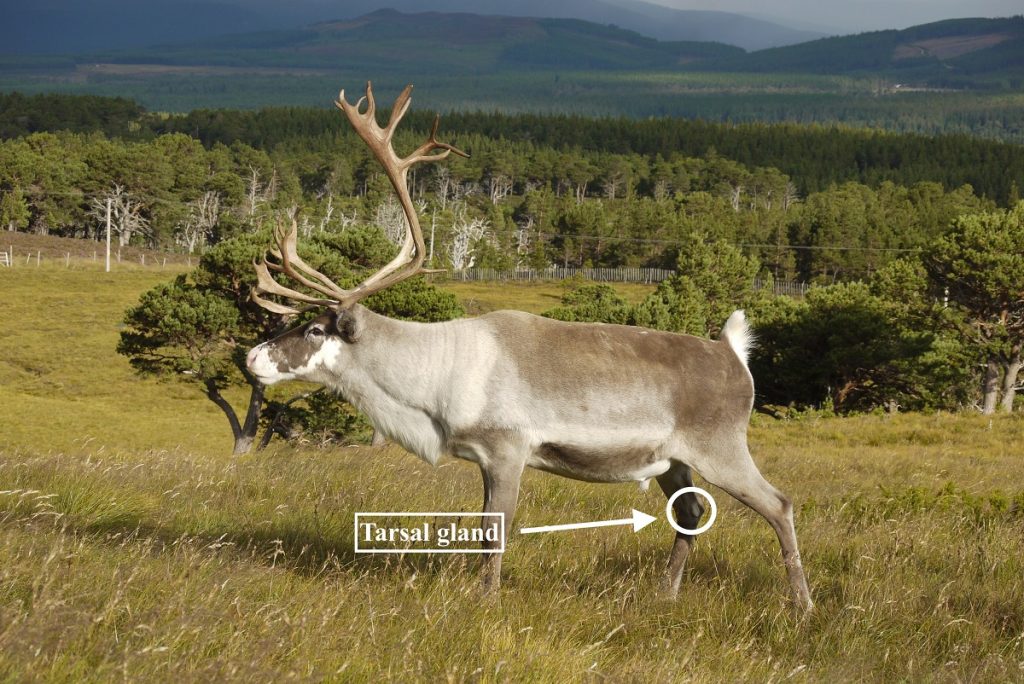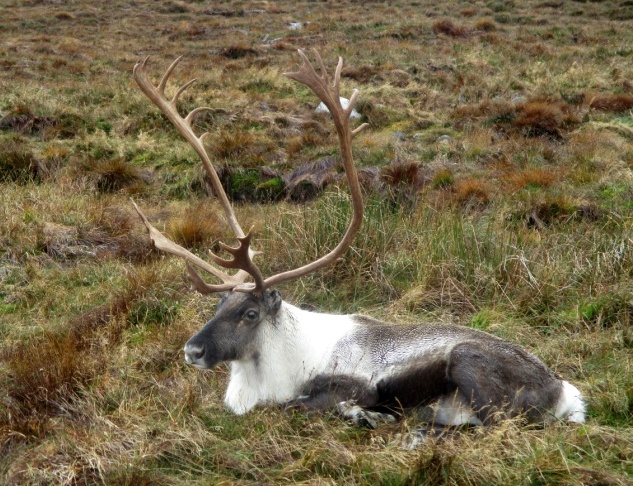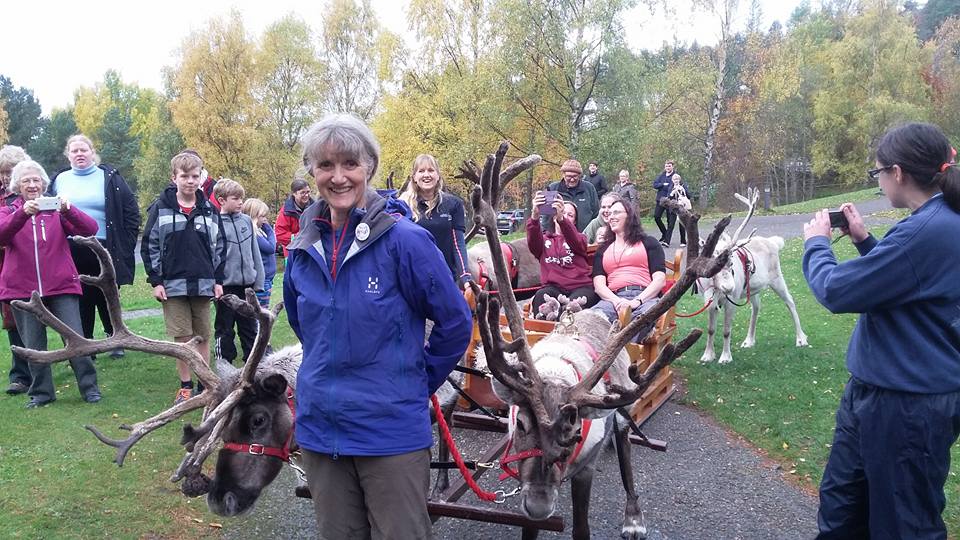Many years ago, a reindeer herder made a Badge. This Badge was pink, and he wore it with pride. In time he decided to pass it on to another herder, who had done a Worthy Thing that day (what the Worthy Thing actually was has since been lost in the mists of time). However, that herder then took it upon themselves to pass it on once again, to another Worthy Person, and so it is that the Pink Badge of Worthiness came into being.
Or something along those lines anyway. The badge maker at Reindeer House was a very good investment of ours, many years back, and has churned out thousands of the things over the years for kids visiting the Paddocks and having a go at a quiz (we use different quizzes through the year and not all have a badge to make on them, before you get your knickers in a knot about why your family didn’t get the option of badges on a visit…). We have, of course, made plenty of badges for ourselves too, and this is how the pink badge started off – it was made from a bright pink post-it note upon which one of us had drawn a smiley face.
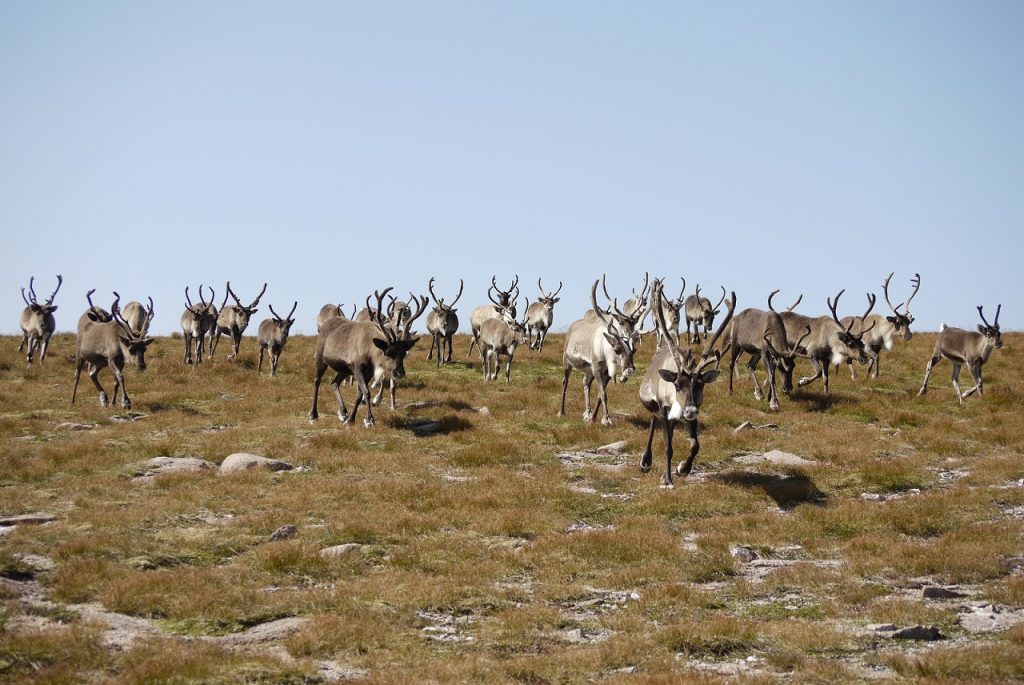
I can’t quite remember the full details of exactly how the tradition of passing on the badge came about, but the essence of it is exactly as I’ve written at the start of this blog. The owner of the badge can hold on to it (usually pinning it on their t-shirt/jumper) for as long as they want, and when they feel someone else has gone above and beyond the call of duty, they award them the badge. And then the next person continues, and so on. There are no real rules, no limit on how long you can have it, or how many times; the badge is an item of supreme simplicity.

As I write this the current holder is Ruth, awarded it for managing to get our ancient and decrepit Landrover into 4WD mode on a early morning reindeer retrieval mission! The badge itself is currently in it’s second incarnation, after one too many accidental trips through the washing machine; but I’m not even too sure where Pink Badge 2 came from, as it’s not the size our own badge-maker produces. We’re also not colour blind – we’re well aware that this model is not pink! But in the best tradition the name endures regardless.

At times the badge has been lost, or forgotten about, or unearthed months later on an old jumper in the back of a cupboard. Sometimes it’s just been found on the office pinboard, and no-one has appeared to know how it got there, or who was responsible. Our boss Tilly got it once, but was banned from taking it home with her as we were worried that once it disappeared into the depths of her farmhouse it would never, ever be seen again!
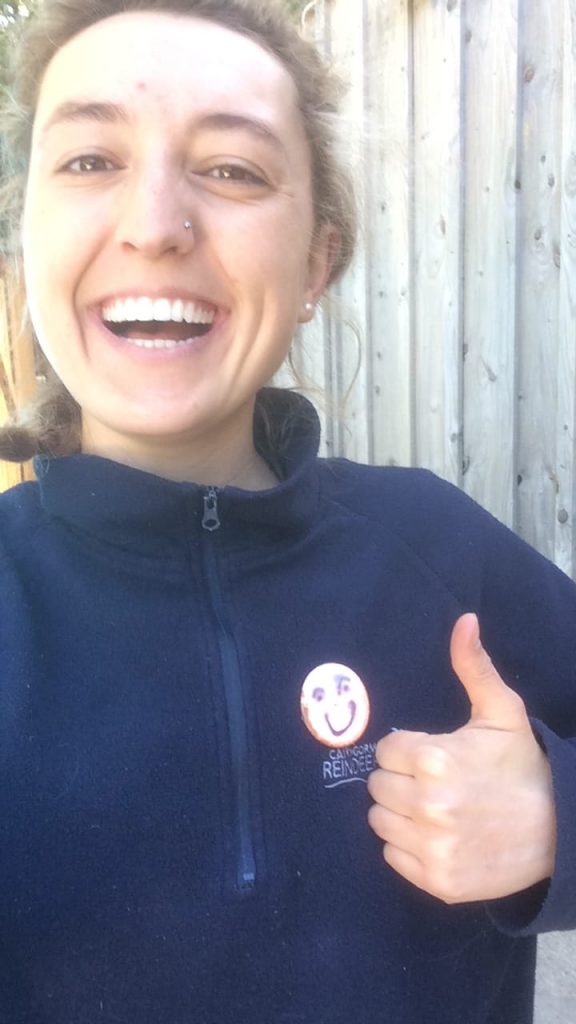
Fiona wishes me to point out that for the first five years she was only ever awarded it once a year, at the end of December, after organising (and surviving) the Christmas tour season, traditionally the busiest time of the year. I myself have been given it for a range of activities, most of which I can’t remember now, but the most memorable was the time I was given it for managing to not throw a printer through the office window. You may laugh, but deep down everyone reading this knows the deep-rooted and boiling fury a malfunctioning printer can incite – what does ‘general error’ even mean?! – so really I feel it was justified. I have had a hate-hate relationship with every single printer that has ever lived in the Reindeer House office.
Later that same day, however, Andi managed to extract a section of old fencing wire that had somehow become entangled around the antlers of one of our biggest breeding bulls, Kota, and this was right in the middle of the rutting season when he had morphed from a gentle giant to a raging testosterone-fueled beast. To this day I am therefore still the record-holder for the shortest ownership of the badge.

A lot of the other reasons for receival have been forgotten over the years, but have often included epic catches of ‘wilder’ reindeer, or memorable displays of herding. Olly received it last year for a stupendous and skillful effort of getting Rain and her newborn calf Jimmy into the right area of the hill enclosure after she had led Nell and myself on a merry (and ultimately unsuccessful) dance the previous day until a good two hours after we should have finished work. Then there was an interesting episode last Christmas when Sherlock got his antlers caught in the fairy lights of our Paddock shelter, and Joe spent about 45 minutes de-tangling him – again no mean feat with an enormous bull. One antler had come off already, but much to Joe’s annoyance when finally freed, Sherlock wandered out the shed, shook his head and the other promptly fell off! It’s completely normal for a bull to cast his antlers at this time of year, but 45 minutes earlier would have saved everyone a lot of hassle.

So if you visit us and notice a herder with the Pink Badge pinned to their shirt, then note that this is a Worthy Person, and should therefore be due the utmost respect. Or maybe it’s just me, and I’ve refrained from throwing another misbehaving electronic item through a window.
Hen



